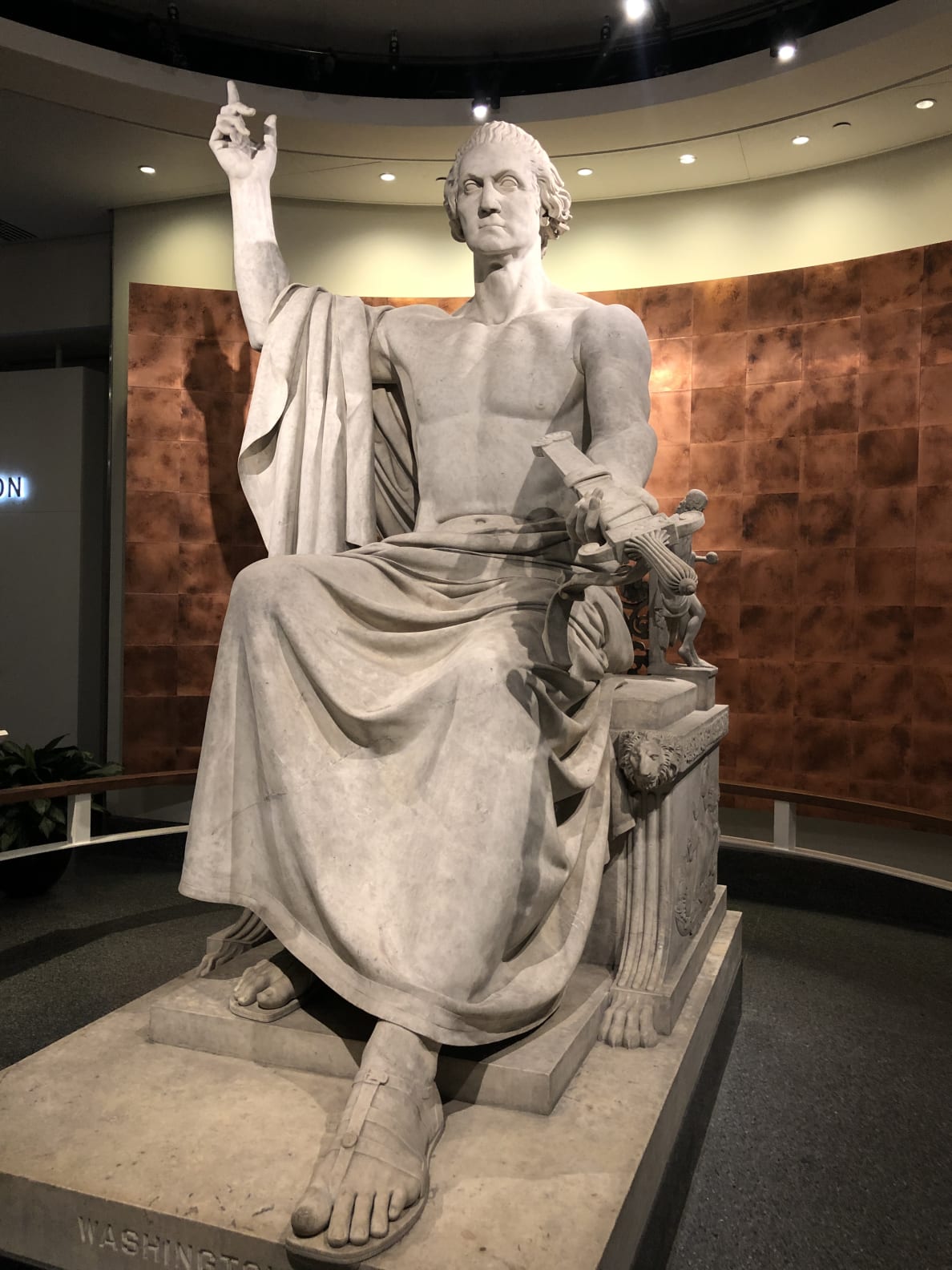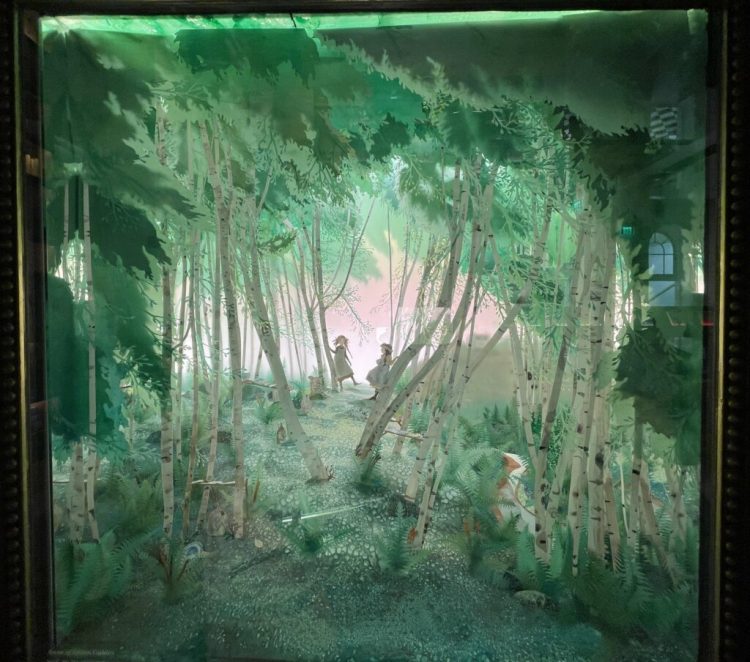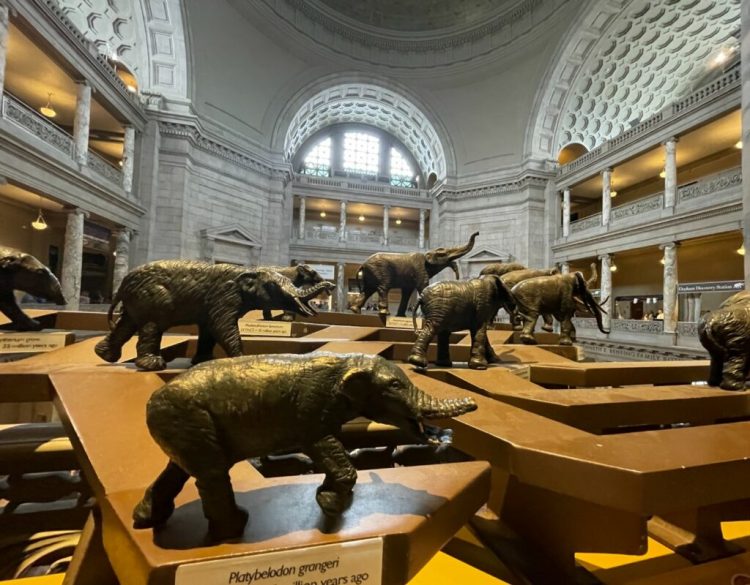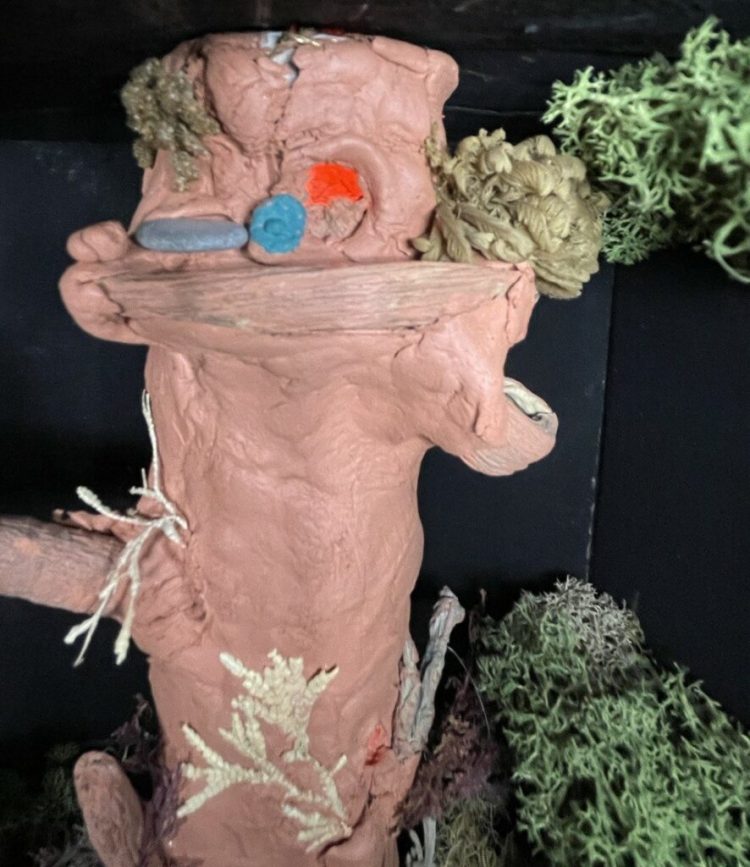by Morgan Rowanwaif
Every Dane down in Heorot liked to revel a lot
But the monster who lived just north of Heorot did not
Grendel hated the Danes and all manly races.
He hated their homes! He hated their faces!
He stared from his lake with a sour, Grendel frown
At the warm lighted windows above in their town.
For he knew every Dane in that gold-timbered spot
Was busy now, planning a post-viking blot.
“They’re roasting their cattle!” he snarled with a sneer.
“Tomorrow’s the blot! It’s practically here”
Then he growled, with his troll fingers nervously drumming,
“I MUST find some way to stop men-folk from coming!”
For tomorrow, he knew, every Dane-man and Swede
Would wake bright and early. They’d rush for their mead!
And then! Oh, the noise! Oh, the Noise! Noise! Noise! Noise!
That’s one thing he hated! The NOISE! NOISE! NOISE! NOISE!
Then the Danes, young and old, would sit down to a feast.
And they’d feast! And they’d feast!
And they’d FEAST! FEAST! FEAST! FEAST!
They would feast on nut pudding, and fruit, and smoked beast
Which was something that Grendel couldn’t stand in the least!
And THEN, they’d do something he liked least of all!
Every Dane up in Heorot, the tall and the small,
Would sit all together, with drinking horns swinging.
They’d hark to the skald. And the Danes would start singing!
They’d sing! And they’d sing!
And they’d SING! SING! SING! SING!
And the more Grendel thought of this hall-shaking sing,
The more Grendel thought, “I must stop this whole thing!
“Why, for many a year I’ve put up with it now!
“I must stop this revel from coming! … But HOW?”
Then he got an idea! An awful idea!
The troll got a terrible, awful idea!
“I know just what to do!” Grendel laughed dark and deep.
“I will wait until all the Danes pass out asleep.”
And he chuckled and clucked, “What a great Grendel spree!
“With the Danes all asleep, they’re like nuts off a tree.”
All their windows were dark. Quiet snow filled the air.
All the Danes were all dreaming sweet dreams without care
When he snuck to the hall of King Hrothgar’s Great Chair.
“This is night number one,” Grendel said there and then
And he raised up his claws, and he slew thirty men.
The Danes tried to fight, but he brushed them aside.
No sword-point or arrow could pierce his thick hide.
Then he slunk through the deer-covered doorway with glee.
“Pooh-pooh to the Danes! If you’d just let me be.”
And so things were – for twelve long, dark years.
Until Hrothgar’s story reached Beowulf’s ears.
So he gathered his friends with tales of great gains,
And left the land of the Geats for the land of the Danes.
“You’ll see, my good men,” he was happily humming.
“They’re finding out now that Beowulf is coming!”
“When we meet with Hrothgar, I know just what they’ll do!
“Their mouths will hang open a minute or two
“Then the Danes down in Heorot will all cry WOO-HOO!”
When they reached the far shores, they met with the guard.
Their manner was grim and their faces were hard.
They didn’t cry “woo-hoo” to welcome the Geat,
“Look,” they said. “More warriors for Grendel to eat.”
They led Beowulf to the hall to meet with the King
(Who had saved Beowulf’s father at a long ago Thing).
Hrothgar welcomed the hero and called for a feast.
“This young man will help us get rid of our beast.”
They boiled beef and chicken. They baked some fresh bread.
They brought apples and cheese until all were well fed.
And after the King and his jarls did their toasting,
They settled on down and started in boasting.
“I am Beowulf, son of Edgetho, Prince of the Geats,
“I’ve done many great deeds, and performed many feats.
“I battled a sea monster off the Island of Yarna
“And killed the great wolf that was plaguing Dawlarna
“I’ve fought many battles and won many wars,
“I’ve killed lots of monsters! Now tell me of yours.”
King Hrothgar sighed and drank from his beer,
“Whatever they say, Grendel’s worse than you hear.
“We stabbed him with swords! We hit him with bricks!
“We beat him with polearms and Celt-bashing sticks!
“But nothing we did had any effect!
“He just goes on killing my warriors unchecked.
“The gods have all left us, they don’t hear our prayers,
“And that is how once proud Heorot fares.”
Beowulf put his hand on Hrothgar’s heavy shoulder.
“I will now make my already bold boast still bolder!
“Not only will I fight this beast and prevail,
“I will fight with no weapon. I will fight with no maile.
“I will fight. And I swear I will die if I fail.”
The cheers of the Danes made the great hall’s walls shake,
And it wakened old Grendel below in his lake.
“They never will learn. No, you can’t teach a Dane.
“I will have to give them a lesson again.”
He waited ‘til darkness filled up the hall
And the sounds of the revel stilled to nothing at all.
Then Grendel said, “It’s time!” and he started on up
Toward the hall where the King lay a-snooze in his cup.
He tore down the doors, didn’t try to be silent,
Grabbed the first Geat and got frightfully violent.
Beowulf jumped up and charged with a rush
And grappled with Grendel in a side-smashing crush.
The old troll howled, amazed to find
A mere, little human with strength of this kind.
They scrapped and scrabbled, they rolled and they wrestled,
The hall’s tables tumbled and the trestles untrestled.
Grendel tried to run, but Beowulf wouldn’t let
The monster who terrorized Heorot go yet.
The other men attacked, but their swords went unheeded,
‘Till Beowulf saw the opening he needed.
He grabbed Grendel’s arm, and he gave it a wrench
When he heard a loud sound like the crack of a bench.
He turned around fast, and pulled the arm with him,
And tore off Grendel’s shoulder, like a birk from a chithim.
And what happened then …? Well … in Denmark they say
That Grendel’s cruel heart lost three gallons that day.
And the moment the Geat’s grip didn’t feel quite so tight,
He whizzed through the door in the cold, frozen night.
And all that he left on the floor of the hall
Was his arm, which Beowulf hung on the wall.






















































































































































































































































































































































































































